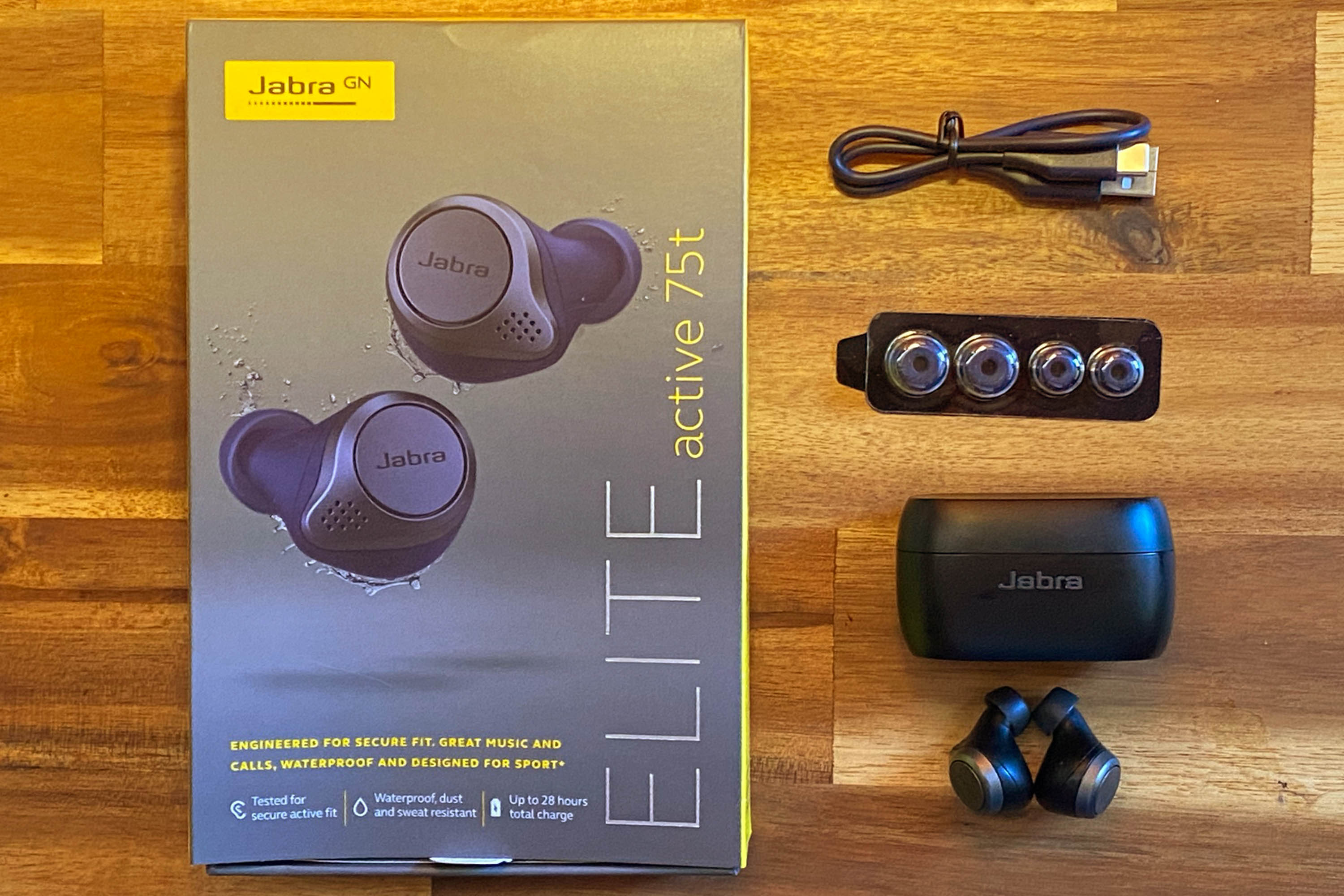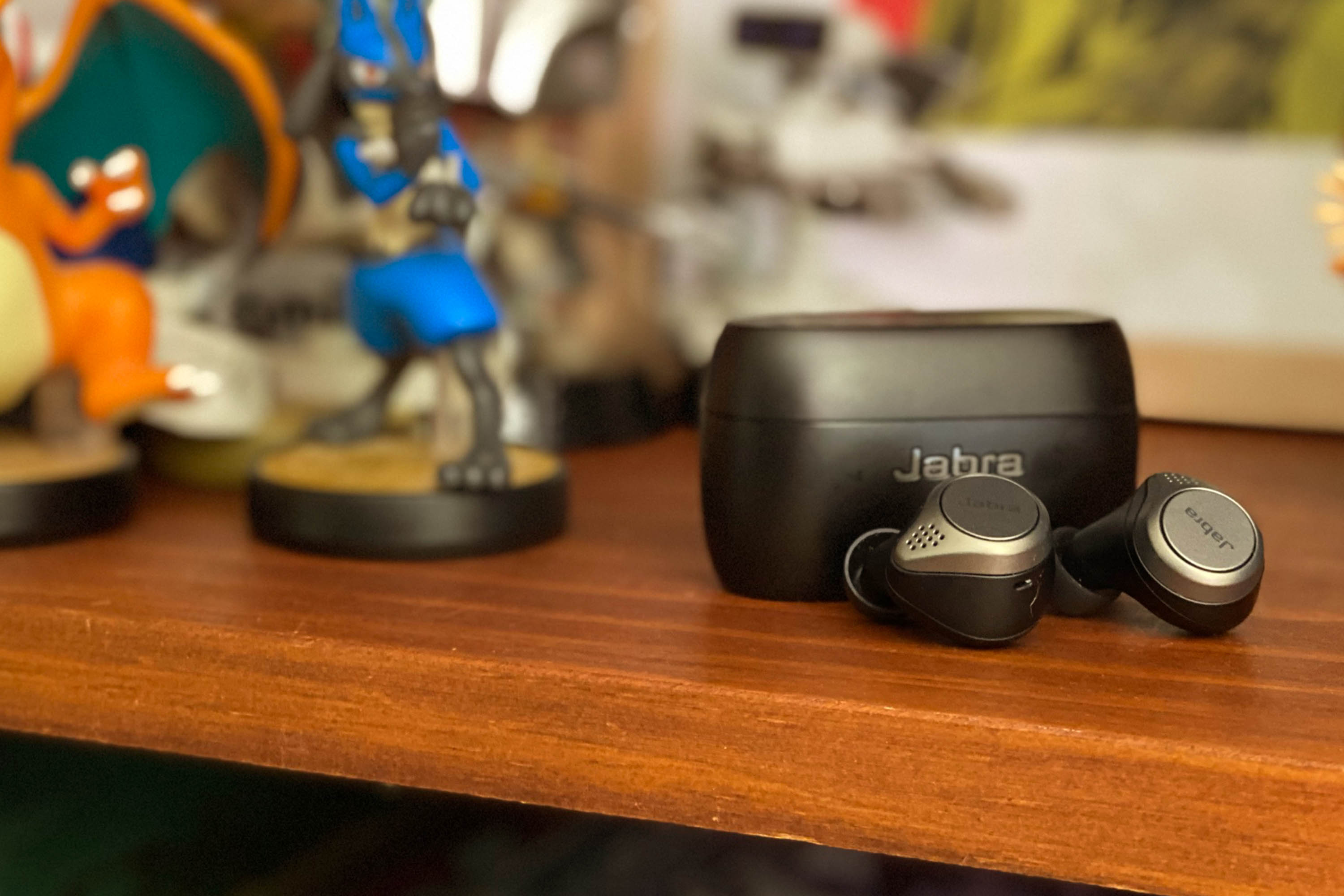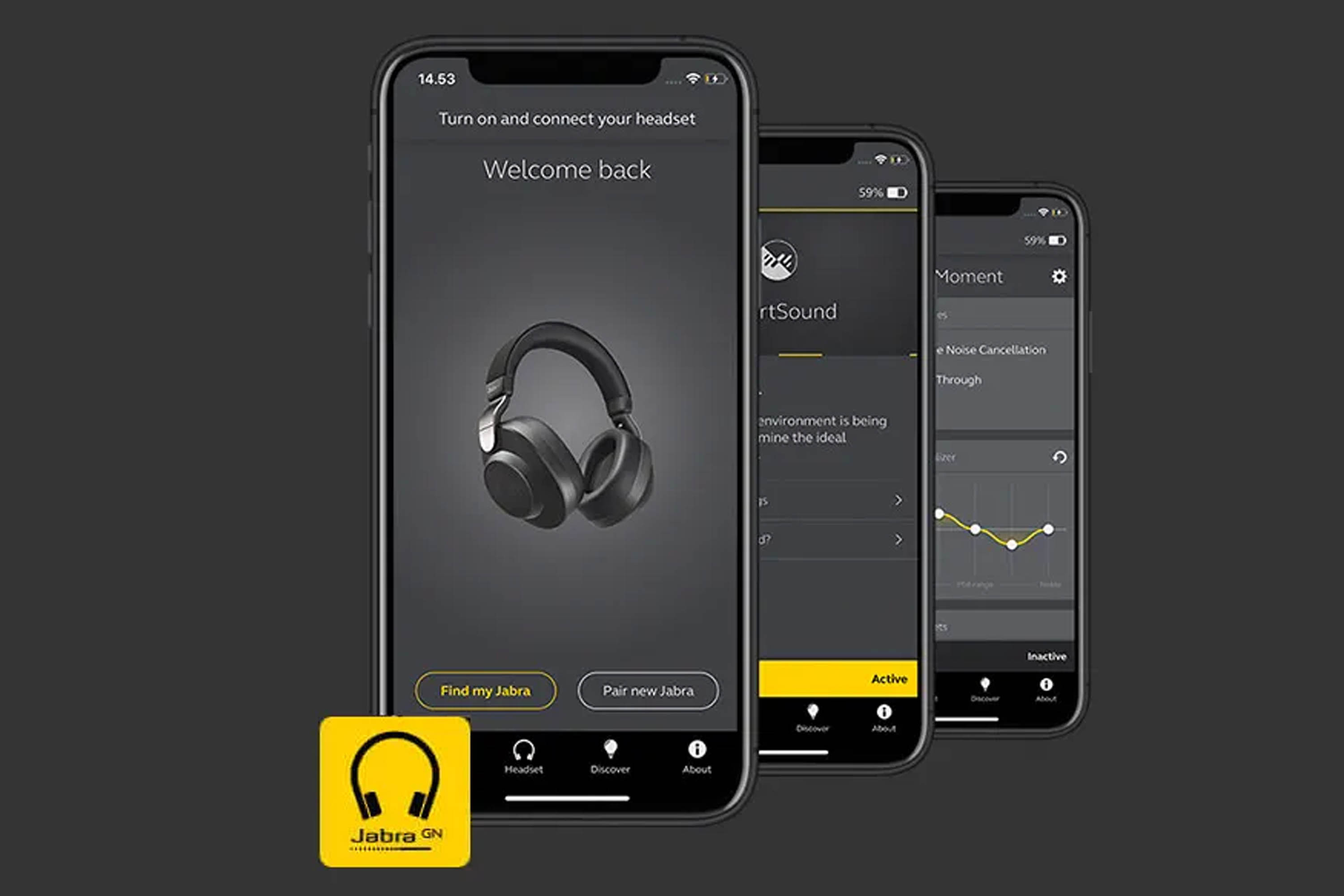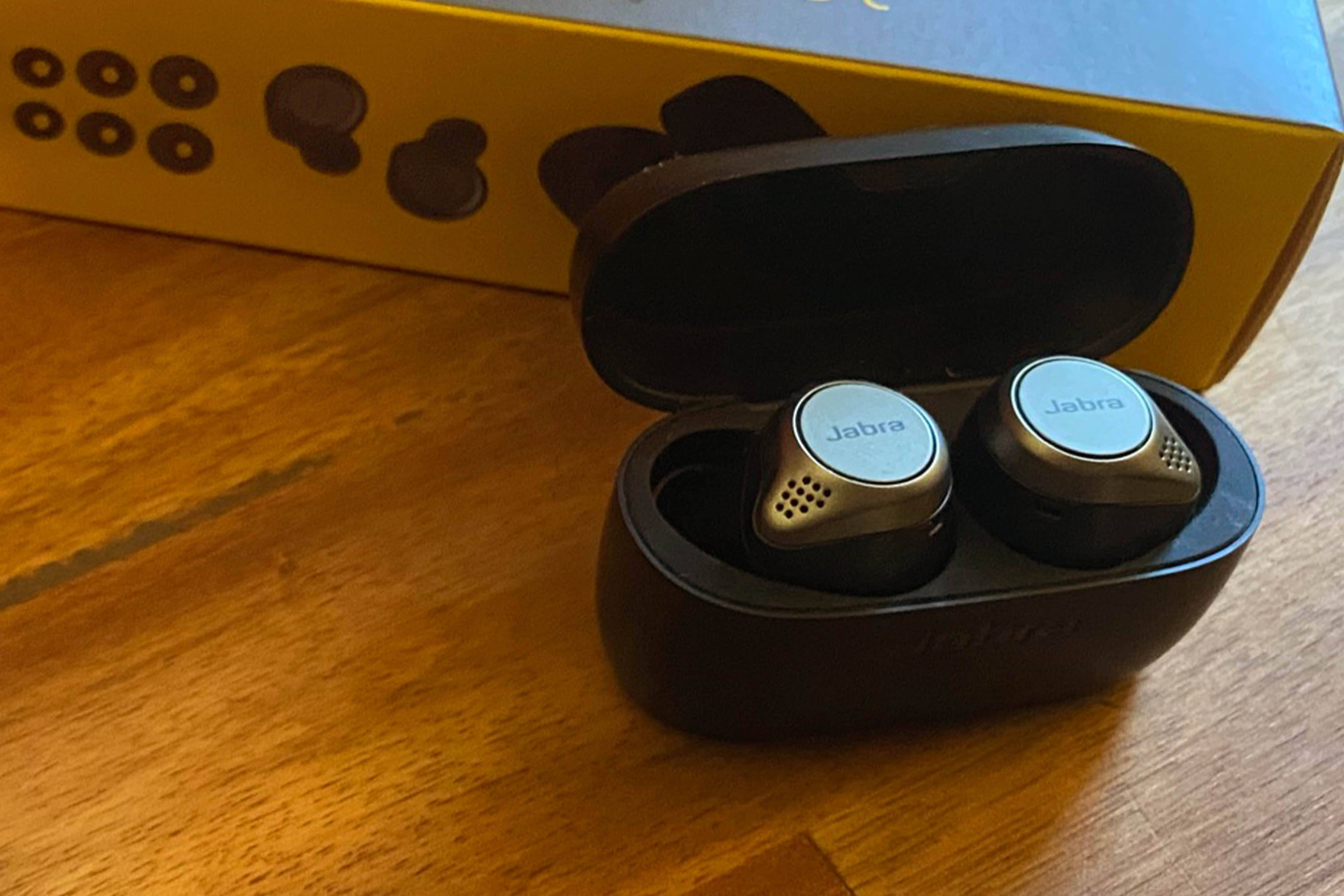Optus Mobile Review ALDI Mobile Review Amaysim Mobile Review Belong Mobile Review Circles.Life Review Vodafone Mobile Review Woolworths Mobile Review Felix Mobile Review Best iPhone Plans Best Family Mobile Plans Best Budget Smartphones Best Prepaid Plans Best SIM-Only Plans Best Plans For Kids And Teens Best Cheap Mobile Plans Telstra vs Optus Mobile Optus NBN Review Belong NBN Review Vodafone NBN Review Superloop NBN Review Aussie BB NBN Review iiNet NBN Review MyRepublic NBN Review TPG NBN Review Best NBN Satellite Plans Best NBN Alternatives Best NBN Providers Best Home Wireless Plans What is a Good NBN Speed? Test NBN Speed How to speed up your internet Optus vs Telstra Broadband ExpressVPN Review CyberGhost VPN Review NordVPN Review PureVPN Review Norton Secure VPN Review IPVanish VPN Review Windscribe VPN Review Hotspot Shield VPN Review Best cheap VPN services Best VPN for streaming Best VPNs for gaming What is a VPN? VPNs for ad-blocking
2x 5.5g wireless earbuds 1x 35g charging case 1x short USB-C charging plug 3x silicon eargels (small, medium and large) Warranty and warning documentation
The Jabra Elite Active 75ts are lightweight at 5.5g, below average for true wireless earbuds, and close to what AirPods weigh. A couple of grams might not seem like much, but it makes a noticeable difference for long sittings. For comparison, Sony’s outstanding WF-1000XM3 earbuds weigh 8.5g each, and you feel it after an hour or so. They also come with small, medium, and large gel tips in the box if you need to make some adjustments. I’ve been reviewing the Elite and Elite Active 75t buds over a more extended period than I usually would (by virtue of having two separate products to review), but they’ve not once slipped out without me knocking them out. Both the Elite and Elite Active 75t are water-resistant, but the Elite Actives can take a little more water. Elite 75t buds are IP55-rated, meaning they are dust resistant and can take a splash of water from any angle. But the Elite Active buds are water-resistant in up to one metre of water for 30 minutes at a time, which is a significant difference. I err on the side of caution where water resistance is concerned, but I have been caught in the rain wearing the Elite Active 75ts with no repercussions. You might find the bass from the Elite/Elite Active 75ts a little overcooked out of the box. I like the punchy bass you get on factory settings (especially if I’m working out), but those who want a more rounded experience can always drop the bass in the custom EQ settings found in Jabra’s Sound+ app (iOS and Android). The gorge between over-ear and in-ear wireless audio is still vast, but earbuds like the Jabra Elite Active 75t are shining examples of that gap getting smaller and smaller. The 75t’s added ANC is a nice post-purchase bonus, but the 75t’s attempt is nowhere near as useful as the noise-cancelling you’ll find in earbuds like Apple AirPods Pro or Sony WF-1000XM3. It’s a tick in the pros column, and it makes a noticeable difference, but I wouldn’t rush out and buy the 75ts if superior ANC is what you’re after. To give you an example of the 75t’s ANC limits, my morning coffee run passes a lot of roadworks (and road rage), and the 75ts don’t quite have the gusto to filter out the surrounding noise at a healthy volume. But it’s effective enough that I can’t hear someone calling my name from another room in the house. We haven’t tested them out yet, but Jabra claims its yet-to-be-released premium 85t earbuds have better active noise cancelling thanks to an additional mic in each bud (a total of six microphones). Despite months of isolation, I still think removing your earbuds to have a conversation is possibly the bare minimum social grace you need to be a functioning member of society. Sure, I could switch ANC off, but there’s rarely an occasion where I’ll pass up the additional isolation. Before the last software update, I experienced the occasional quirk where the volume would dial down randomly when connected to my PC or laptop, but the ANC update seems to have sorted that out entirely. I also haven’t experienced a shred of the same connectivity issues I’ve had with older Bluetooth technologies. Huawei’s last-gen Freebuds Lite, for example, were stuck in the Bluetooth 4.2 ages. This resulted in many a lost connection and other interference quirks (like disruptions from traffic lights and passing cars with their own Bluetooth signals). I’ve had zip of that with Jabra’s Bluetooth 5.0 earbuds. The icing on the UX cake is Jabra’s Sound+ app. It offers deep customisation, multiple sound profiles for different environments, and, more recently, MySound, a feature that tunes the 75t’s audio via an in-app hearing test. Taking the time to tailor my listening via MySound was two minutes well spent. After a short series of responses, I truly felt like the audio profile was optimised for my ears. Mind you; this was after weeks of screwing around with EQ settings for the sake of this review. The Sound+ app lets you store multiple audio profiles for different environments (presets include Commute and Focus) and offers presets that prioritise whatever your ears desire, whether that’s boosted bass, speech for podcasts, or overall energy for workout sessions. I rarely tinker with these presets myself, but they’re nice to have. Lastly, it offers necessary battery information (for the case and buds) and has a small library of ambient tracks, such as white noise and waterfall, if you need a little help getting to sleep. Is it worth spending the extra dough on Active over Elite Active 75t? Even at the RRP, I’d say yes. An additional $20 - $30 for water-resistance peace-of-mind is a sound investment in my book, and as I mentioned above, you can find the Elite Active 75t cheaper than the 75ts if you catch it on special.



